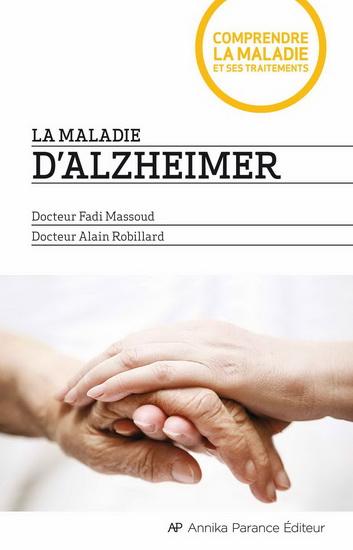
How to Assess Pain in a Loved One with Alzheimer’s or Dementia?
The ability to express pain is a common problem for people who have Alzheimer’s or other cognitive impairments. Since communication can be altered in Alzheimer’s, identifying pain becomes more difficult for caregivers.
Important changes in behavior can be caused by pain, which includes those classified as behavioral and psychological symptoms of dementia (BPSD – read our article about BPSD). This is why it is important to figure out how to detect whether your loved one has pain and where they have it, particularly when they are in the late stages of Alzheimer’s when communication is more challenging.
Researchers have developed several pain assessment tools designed specifically for people with dementia. The PACSLAC, the PAINAD, the Abbey Pain Scale, and the Checklist of nonverbal pain indicators (CNPI) are the most widespread and are quite similar. Here are the key features of these tools:
- Breathing and vocalization
Has your loved one’s breathing changed? Is it faster or irregular?
Are they vocalizing or making sounds that can be signs of physical discomfort?
- Facial expression
You know your loved one’s regular facial expressions. Any big variation may mean that something’s off. Are their lips tightly sealed? Are they frowning or gritting their teeth?
- Body language
Is your loved one’s body language more jerky or tense than usual? Or do they look at rest and comfortable?
- Body activity and movements
When verbal expression becomes more difficult, body activity and movements can reveal whether they are feeling pain. Are they moving restlessly or clenching their fists? Have they recently started wandering or, on the contrary, significantly decreased their movements and mobility?
- Behavioral or mood changes
Has their behavior changed a lot? Are they resisting care? Are they more impatient or agitated? These changes can be due to pain onset.
- Limb movements
Hand movements can often show the presence of pain or where it hurts. Is your loved one holding on to things to support themselves? Are they protecting certain parts of their body? Are they rubbing any specific body part? These can help you find the location of the pain.
Note that the most significant behaviors are those that mark a significant change over your loved one’s usual behavior. Pain can be a very telling symptom, so do not hesitate to ask a healthcare professional for more information when in doubt.
More about this topic
- To understand how to better manage BPSD:
- To learn more about the medications used to treat memory loss in Alzheimer’s disease:













